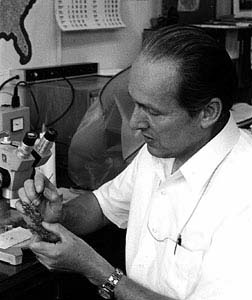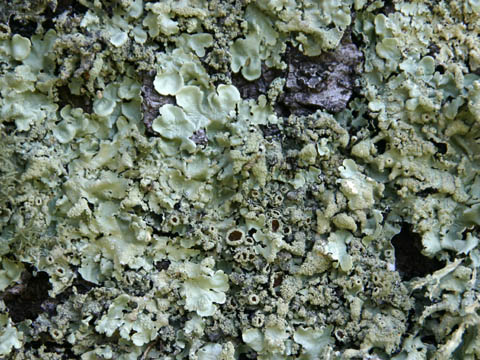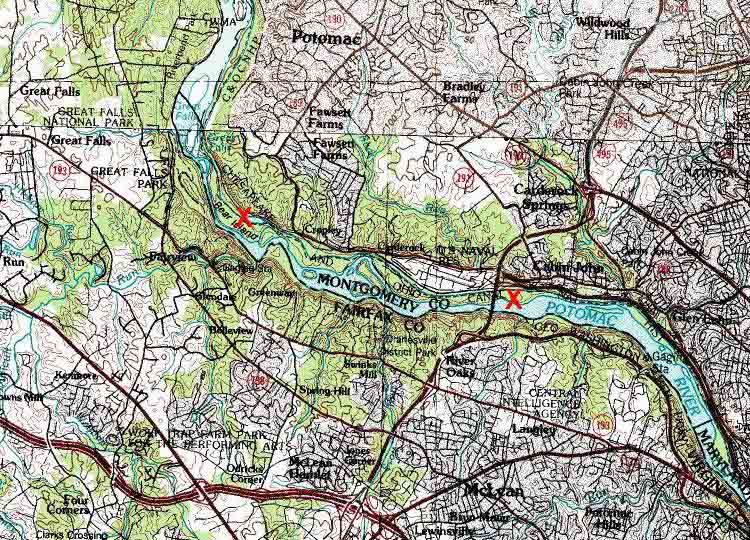|
|
|
|
||||||||||||||||||||||||||||||||||||||||||||||||||||||||||||||||||||||||||||||
NCR Lichens Home |
||||||||||||||||||||||||||||||||||||||||||||||||||||||||||||||||||||||||||||||
|
||||||||||||||||||||||||||||||||||||||||||||||||||||||||||||||||||||||||||||||
Studies of element accumulation by lichensBackground:·
Lichens have been used to study changes in air quality in the Pb conc in F. baltimorensis (mean µg/g ±
SE):
Changes in air quality at
|
||||||||||||||||||||||||||||||||||||||||||||||||||||||||||||||||||||||||||||||
|
Year |
Plummers Is |
Bear Is |
Stony Man |
|
1983 |
2500 ± 50.0 |
|
|
|
1988 |
1860 ± 15.0 |
2070 ± 6.0 |
1340 ± 11.0 |
|
1992 |
1560 ± 3.0 |
1800 ± 0.0 |
1300 ± 5.0 |
|
2000 |
1500 ± 4.0 |
1580 ± 1.0 |
1330 ± 2.0 |
|
2004 |
1660 ± 19.0 |
1660 ± 49.0 |
1250 ± 17.0 |
|
2009 |
1673 ± 44.1 |
1677 ± 73.5 |
1307 ± 48.8 |
Further information can be obtained from published papers,
including:
·
Lawrey, JD, Hale, ME, Jr. 1979. Lichen growth responses to
stress induced by automobile exhaust pollution. Science 204: 423-424.
·
Lawrey, JD, Hale, ME Jr. 1981. Retrospective study of lichen lead accumulation in the northeastern
·
Lawrey, JD. 1993. Lichens as monitors of pollutant elements at
permanent sites in


Mason E. Hale, Jr. (1928-1990) was curator of lichens at the
Smithsonian Institution. He began a series of long-term studies of lichens
(such as Flavoparmelia baltimorensis and F. caperata - shown) as biomonitors
of air quality in the 1970's at

Location of sampling sites at
